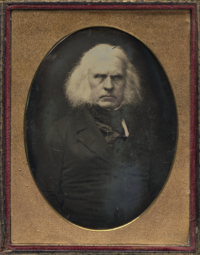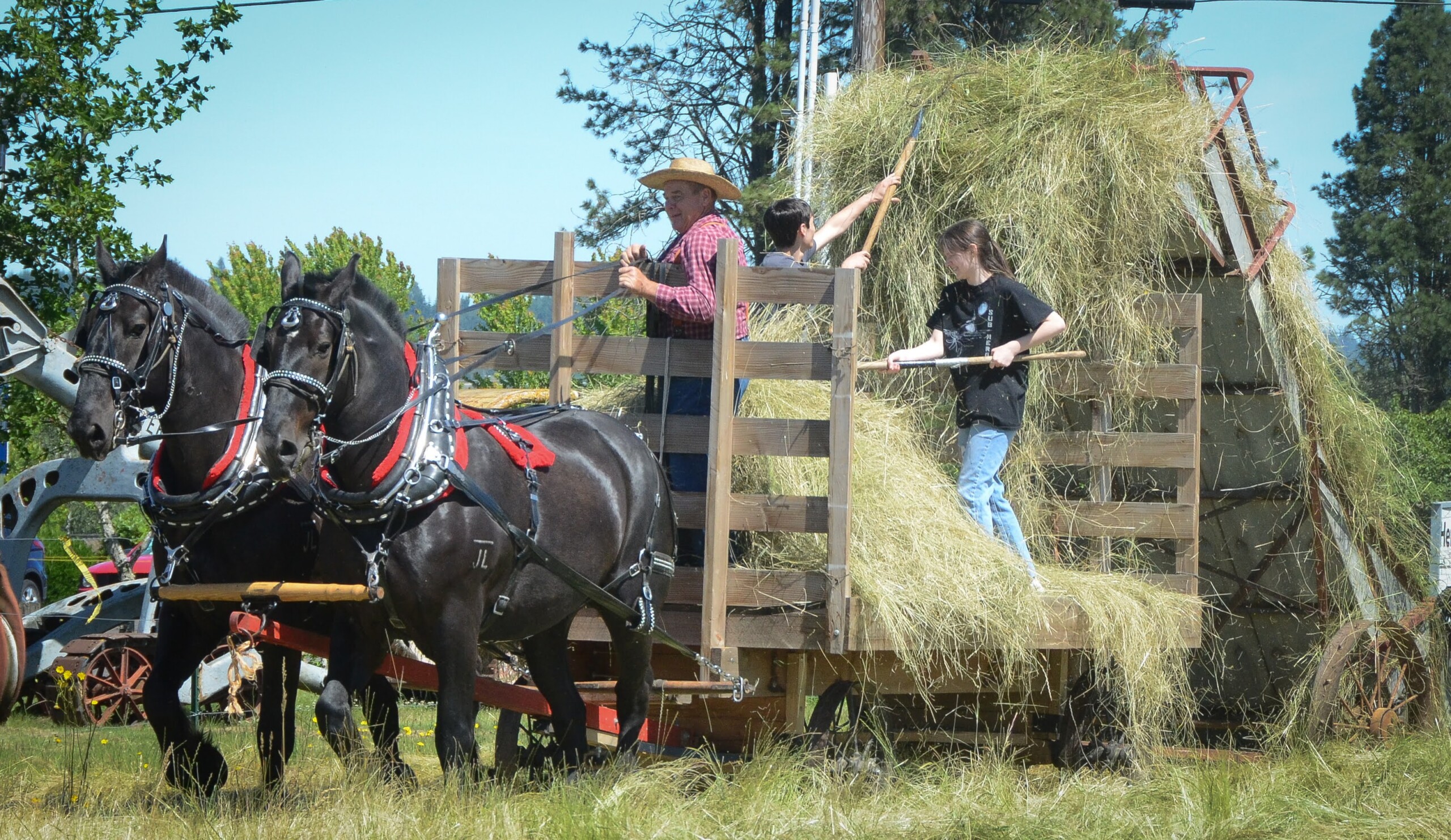Ewing Young – A Historical Article
By Brian Engstrom
Yamhill County – March 24, 2025
Most of us probably know that Mr. Ewing Young (c. 1796-1841) was an American trapper and trader, but what did he do to help shape the way Newberg and the Chehalem Valley are today? Let’s jump to the 1830s-40s.
According to the Oregon Encyclopedia, in 1834, Mr. Young moved to Oregon after spending time in San Diego, California. While in San Diego, he met Hall Jackson Kelley, an American promoter known for encouraging people to settle in the Oregon Territory—interestingly enough, despite never having seen Oregon himself. Kelley asked Young to lead him to the Columbia River, but Young declined. However, two months later, they met again after Young had gathered sixteen other men for the northern trek.
During the journey to Oregon, there were some unwanted confrontations. Mr. Young was presented with a letter from the governor of California. Fortunately, even though Governor John McLoughlin had indicted Young and his men, his request for John McLoughlin to seize their livestock and cattle was not enforced. McLoughlin did not take any legal action against Young but refused to offer him any assistance.
Young was encouraged to stay in Oregon, where he occupied approximately 50 square miles of forested prairie in the Chehalem Valley. (Note from me: This is where we want to be.) While in the Chehalem Valley, he was “determined to make a fortune growing grass.”
Young had many neighbors in the area, including retired men from the Hudson Bay Company ( HBC) families from the French Prairie, beaver hunters, and missionaries. During his time in the Chehalem Valley, he became successful, developing ventures such as farming and horse-ranching operations. He also wanted to build a distillery, but the local missionaries objected, so he abandoned the idea. Instead, he decided to import cattle from California. In early 1837, he formed a joint stock company, the Willamette Cattle Company, with missionaries, trappers, and French Canadians. He then left California with 630 cattle.
By 1841, Young’s operations had expanded. His sawmill was producing Douglas fir planks and oak wood floor tiles. Before his health declined, he was also able to rebuild his relationship with the Hudson’s Bay Company (HBC). During this time, Young and his men discovered mammoth fossils in Chehalem Creek—located in what is now the southwest part of Newberg, near the present-day skate park (circa 2025).
In mid-February of 1841, during an unusually harsh winter, Young’s health declined rapidly, and he passed away unexpectedly.
Photograph credit Oregon encyclopedia
Brian Engstrom
Founder | Amateur Historian | Amateur Photographer
Capturing history through the lens of the past and present
Yamhill County
https://oregonthroughtimeott.wixsite.com/oregon-through-time
✉️ briansoreg.histandphotog@gmail.com
(503) 884-6994



